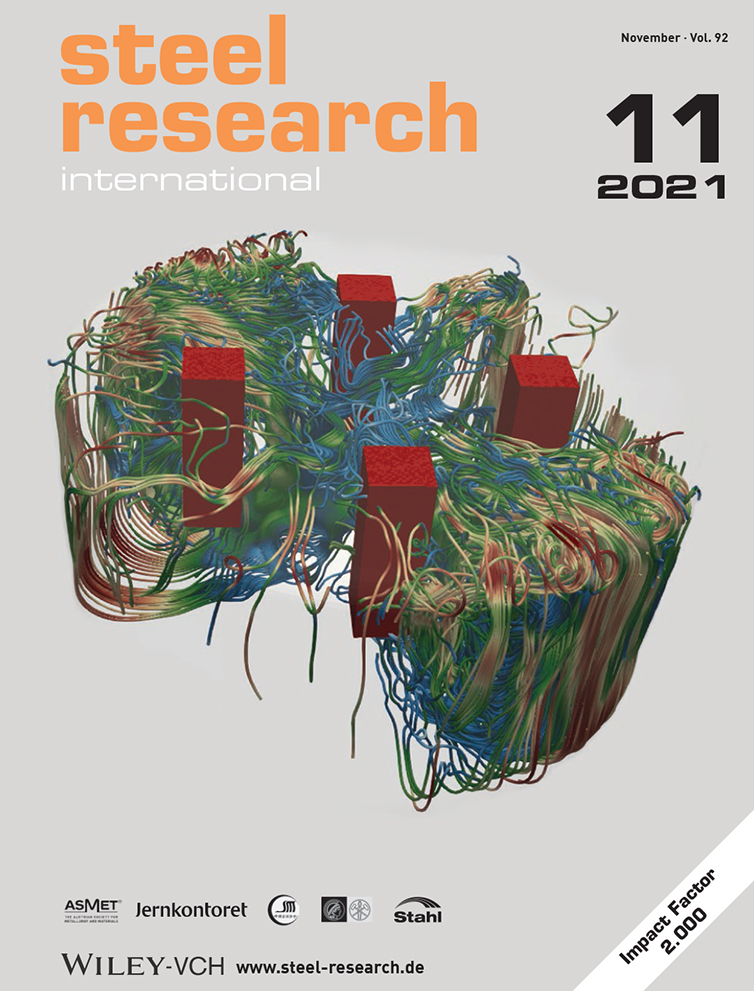Study on the High-Temperature Evolution and Formation Mechanism of Inclusions in Te-Treated Resulfurized Special Steel
Abstract
Te can effectively modify MnS inclusion to improve the anisotropy and machinability of steel. To figure out the mechanism of high-temperature evolution and formation of inclusions, a high-temperature confocal laser scanning microscope is used to in situ observe the performance of inclusions. In the steel with 22 ppm Te, Te mainly dissolves in MnS; no MnTe is generated. During the heating process, MnS inclusion remains solid state and no obvious phase change can be observed. In comparison, MnS–MnTe binary inclusion in the steel with 680 ppm Te forms a liquid phase due to the eutectic melting. The further increase of temperature causes the serious evaporation of Te. Based on scanning electron microscopy and energy-dispersive spectrometry analysis and in situ observation of inclusions at high temperature, the formation mechanism of inclusions during solidification is proposed.
Conflict of Interest
The authors declare no conflict of interest.
Open Research
Research data are not shared.




